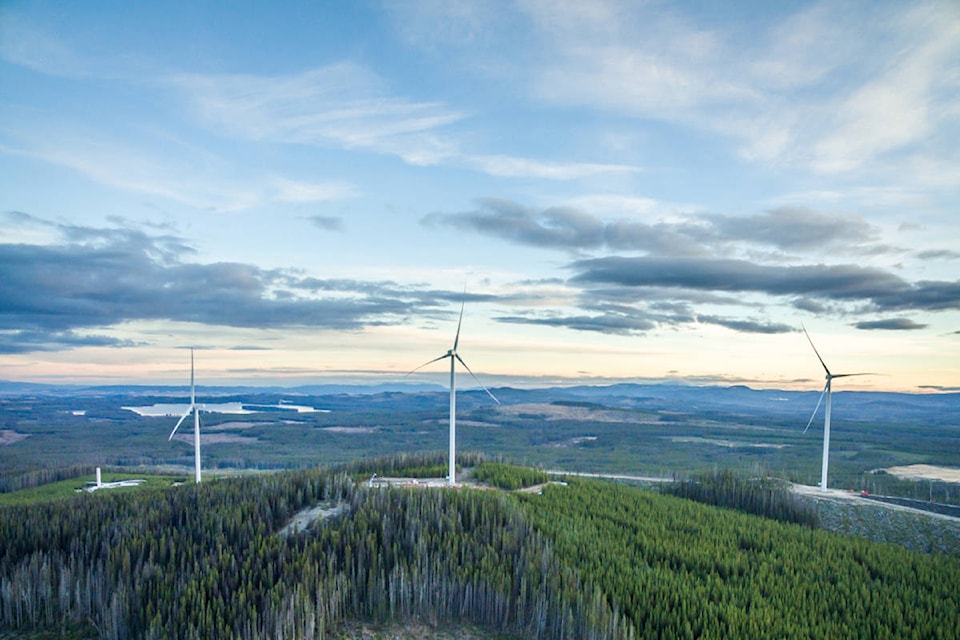What began as a year full of promise for economic prosperity in 2017 has evolved into one of uncertainty.
The Thompson-Okanagan region economy has felt the impact distractions of flooding in the spring and wildfires throughout the summer, a provincial election that resulted in an NDP minority government and potential changes on the taxation of Canadian private corporations and business structures by the Liberal federal government.
But despite those concerns, the Chartered Professional Accountants of B.C. still sees widespread hope for optimism moving forward.
Karen Christiansen, a �������� CPA, said she would describe the economy as “in a bit of a holding pattern” for the reasons cited above.
“That doesn’t mean investors aren’t forging ahead with their plans, but it’s just 2017 has had a lot of distractions going on,” she said.
“In conversations I have with clients and business community people, the Thompson Okanagan region still has many positives going for it as a great place to work and live despite the oddness of what else has been happening in 2017.”
According to the CPABC regional check-up report for 2016, the value of the region’s major capital investment projects reached the lowest levels in nine years, a total project value drop of eight per cent at $21.9 billion.
That decline was blamed on low commodity prices, a reflection again of Alberta’s impact on our regional economy, but entering 2017 was also buoyed by some uplifting significant projects.
Among them were the $60 million Highway 97 improvement and $45 million Pennask Wind Power Project around ��������; the $20 million Landmark Place commercial and residential complex in Kamloops; the $45 million Shinish Creek Wind Power Project near Summerland; and the $312 million hospital redevelopment, $83 million Channel Crossing retail centre and $25 million Cascades Casino in Penticton.
Added to that are recent stats from the Central Okanagan Economic Development Commission which show improvements in most major economic indicators: population growth, 8.4 per cent growth; housing starts, 87 per cent; building permit values, 40 per cent; airport passengers, 13 per cent; and median home prices, 23 per cent.
And Lake Country is now considered the fast growing community in B.C. which is likely to spur more business development spinoff benefits across the Okanagan.
While the local business communities were solidly supportive of the Liberals in the last provincial election, Christiansen said everyone is now taking a wait and see attitude.
“Their policies are not a surprise as they campaigned on them. It’s logical to expect there will be more government spending but the hope is one way or another the revenue will be there to account for that,” she said.
She noted that weather emergency repairs and renovations have absorbed the shortage of skilled workers, driving up labour costs along with higher prices for construction materials, a phenomena that has played out specifically at times in the Central Okanagan over the last decade.
“We don’t really have any metrics on that but I know from anecdotally talking to people that construction costs are going up and availability of tradespeople is becoming harder to find,” she said.
Christiansen said the investment opportunity for the Thompson-Okanagan, for as good as it may have been during the last 10 to 15 years, is only scratching the surface.
She points to the Asian investment market which hasn’t really been tapped into yet within our region along with potential European investors looking elsewhere given the Brexit uncertainty going forward.



